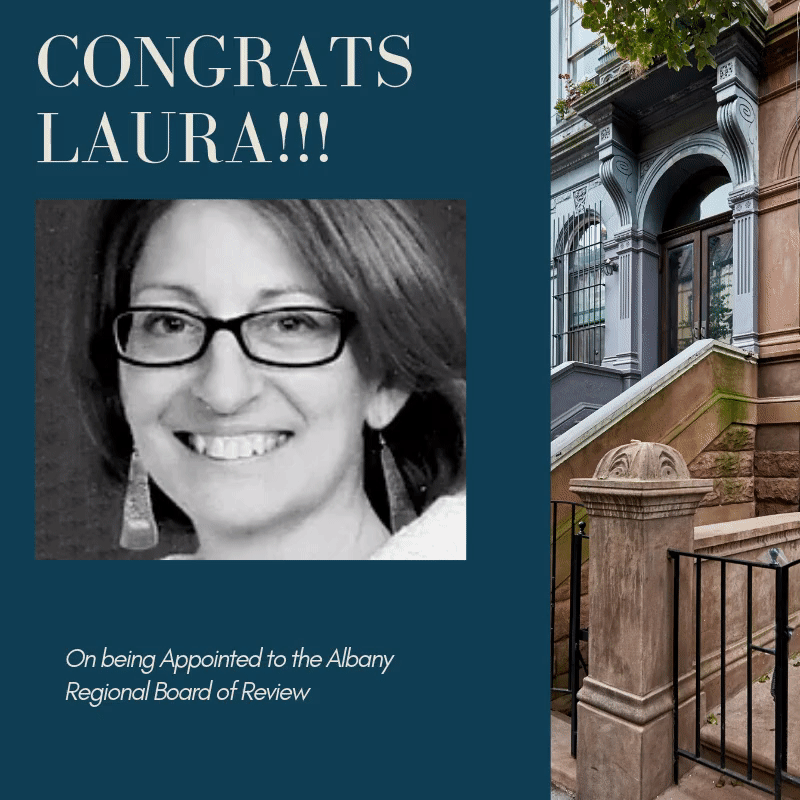TAP Executive Director Barbara Nelson Receives AIA Award

Executive Director Barb Nelson on May 16 received the Henry Hobson Richardson Award, presented by AIA New York State in recognition of her contribution to the quality of public architecture. Richardson, a founding father of American architecture, designed such monumental buildings as the New York State Capital and Albany City Hall. Richardson’s work remains an emblem of design excellence.
The presentation took place at Sixty State Place in the highly ornamented former National Commercial Bank and Trust, a “temple of finance” built in 1902.
Nelson in accepting the award acknowledged her somewhat unorthodox career path, from a single proprietor to campus architect for Rensselaer Polytechnic Institute, where for 24 years she had opportunities to work with internationally renowned architects. Nelson became executive director of TAP, Inc., the non-profit community design center of the Capital Region, in 2015. TAP’s mission is to provide affordable architectural services to people and communities in need. It also has a strong preservation ethic and commitment to good public design.
Nelson cultivated a commitment to the city of Troy, where grand, well-preserved 19th century architecture exists alongside neighborhoods plagued by blight, vacancy and lack of affordable housing choices.
“Every step along the way, I have held tight to a sense that cities are important and magical places where civilization can flourish or implode itself.”
Nelson has served on the Troy Planning Commission and co-founded Troy Alley Action to help revive Troy’s historic but neglected system of back alleys. Most recently, she helped shepherd a successful application to the Bloomberg Philanthropies Public Art Challenge. Bloomberg pledged $1 million to fund a public art installation called “Breathing Lights.” The project involved illuminating hundreds of vacant buildings in Troy, Albany and Schenectady, from the inside, implying, through an intermittent glow in front windows, that these structures can be reclaimed as homes, “places of warmth.” The installation, which concluded last November, has fueled a continuing regionwide discussion about blight and how to confront it.
“I believe that restoration of neighborhoods and not just buildings is key to urban revitalization” she said.
While most neighborhoods don’t possess the grandeur of a Richardson-designed building, their architecture is as important because it reflects the culture and legacy of a community, Nelson believes.
“The people who lived in and raised generations of families in what are now badly deterioriated buildings were the craftsmen who built Albany City Hall, the Capital and the houses of worship, schools and factories that we seek to preserve. Their neighborhoods are no less worthy of preservation.”

















